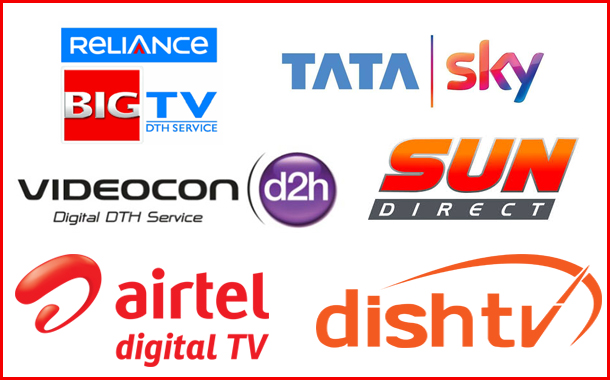All major Direct-to-Home (DTH) operatorsin India are working migrating their Subscribers those who opted for long-duration plans such as Quarterly, Half yearly and Annual planstowards schemes that are compliant with TRAI’s new tariff order on TV channels that comes into effect from 29th December 2018.
DTH companies offer long term packs that take subscription monies through advance recharges; In return, promise cheaper rates or access to a larger number of channels.
While most such packs are valid for one year, on the other hand TRAI’snew tariff order, applicable to all existing customers, didn’t exemptany such long-term packs. Due to this, it was possible for DTH and cable companies to continue offer long duration packs under old rates as most of these platforms had ‘fixed price’ contracts with channel providers.
Under such contracts, the DTH or cable provider paid a fixed amount to broadcasters, irrespective of how many of their subscribers were allowed to watch the channels. As a result, the distribution platforms were incentivized to supply the channels to as many subscribers as possible.
However, such fixed price models have been disallowed by the TRAI from Dec 29. Whereas, Some DTH operators have been signing on long-duration subscribers as late as two weeks ago.
Now, with the due date fast approaching, DTH operators are offering users the option of breaking their long-duration contracts halfway. Such subscribers would be refunded an amount pro-rated to the time remaining in their contract. For example, a subscriber who had signed up for aRs 5,000 yearly pack would be credited a balance equal to around Rs 2,500 if he or she canceled the pack after six months.
The second option would be for DTH operators to continue to provide such mega packs. This, however, would be possible only if the total amount that they have to pay to the broadcaster for all the channels is less than what they are getting from the consumer. Otherwise, they would suffer losses.
In turn, this would depend on a variety of factors, such as the penetration that the platform is able to achieve for a particular channel or bouquet, the price charged by the broadcaster for the channel or bouquet and so on.
For now, distribution platforms are learnt to be crunching the numbers to see which of their earlier plans can be carried on to the new regime.

















